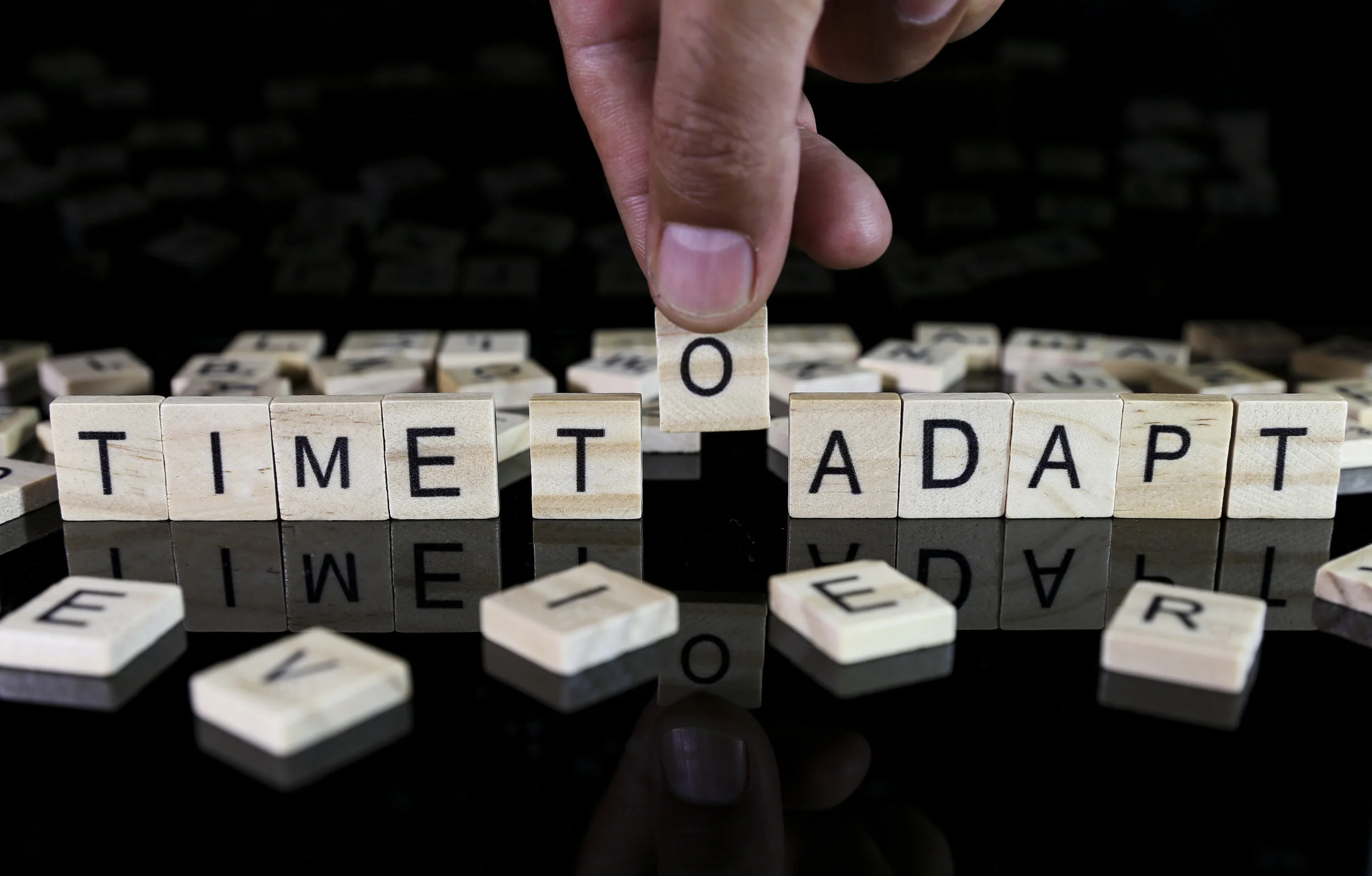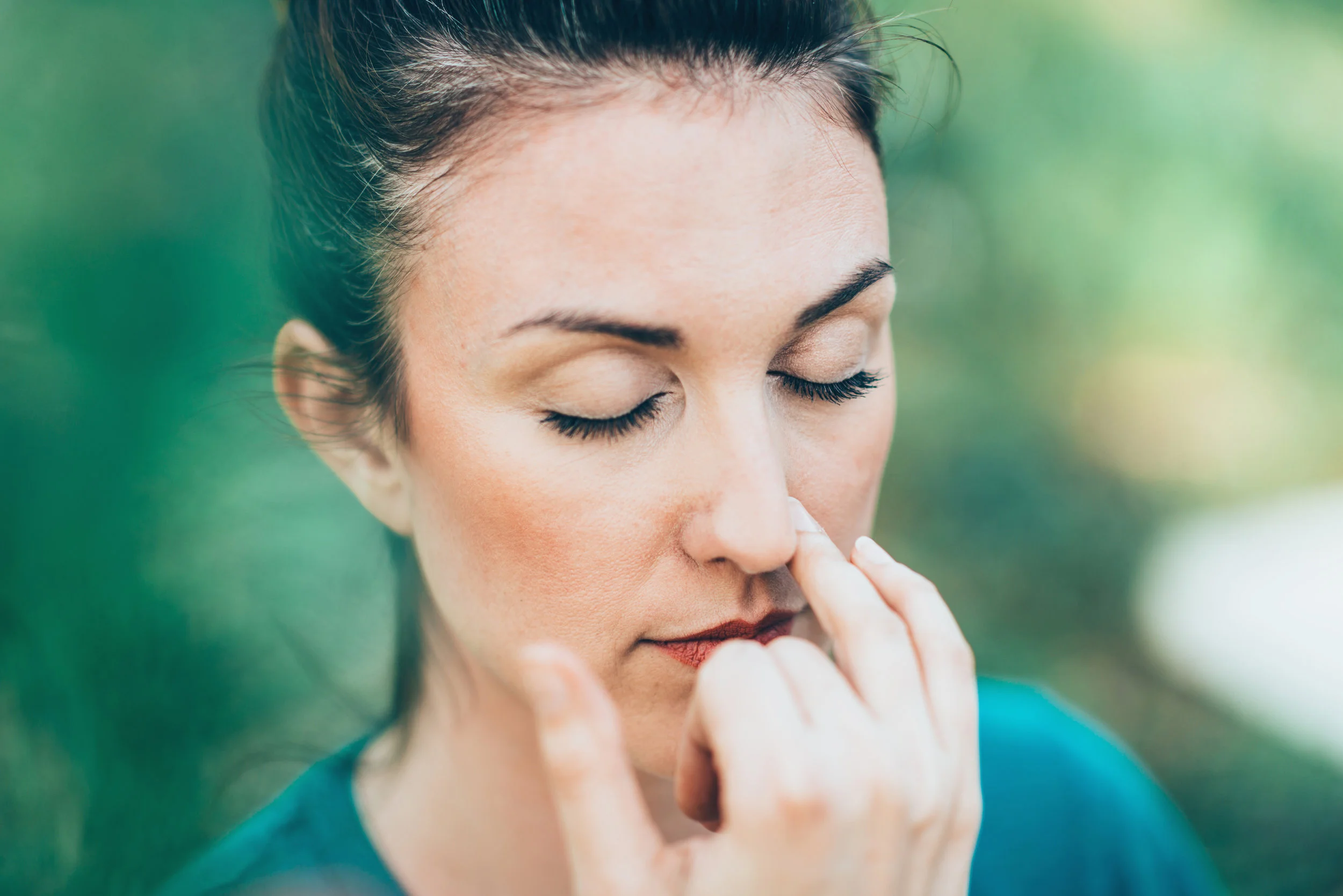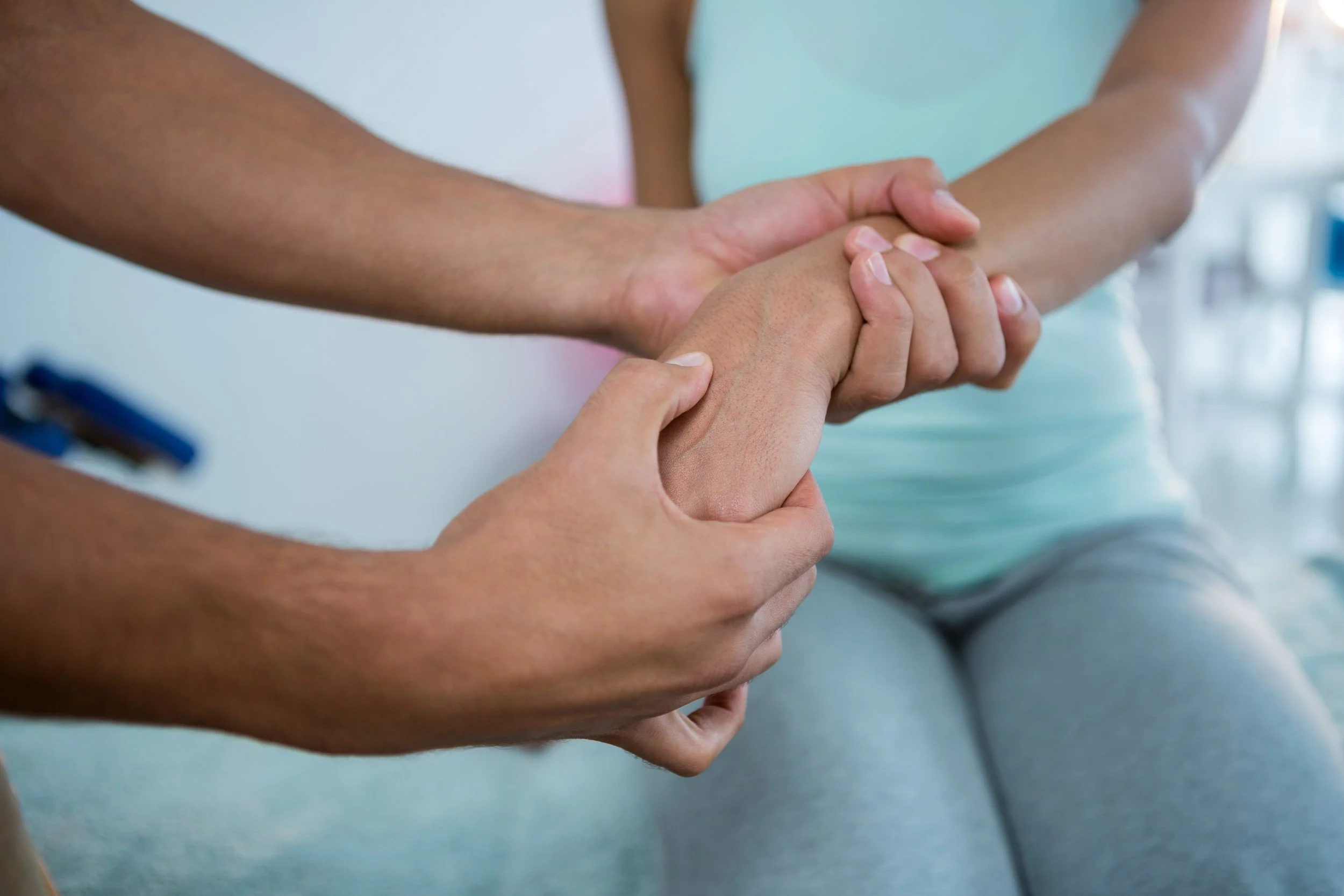These days, foam rollers are everywhere — the gym, your physical therapist’s office, your living room and even your suitcase. After all, foam rolling has emerged as the darling of the fitness world and the cure-all for many different aches.
Essentially, foam rolling is a form of self-myofascial release, or self-massage, that gets rid of adhesions in your muscles and connective tissue. These adhesions can “create points of weakness or susceptibility in the tissue,” according to Chris Howard, C.S.C.S. and LMT at Cressey Performance. “If the muscle isn’t contracting uniformly from end-to-end, it could lead to injury and pain.” Foam rolling also increases blood flow to your muscles and creates better mobility, helping with recovery and improving performance.
Sounds great, right? Yes, foam rolling offers tremendous potential to relieve pain and help you move better — if used the right way. If not, you risk irritating, and possibly injuring, your body further.
Here’s a breakdown of five common mistakes people often make when using the foam roller.
Mistake #1: You roll directly where you feel pain. When we feel pain, our first inclination is to massage that spot directly. However, this might be a big mistake. “Areas of pain are the victims that result from tension imbalances in other areas of the body,” says Sue Hitzmann, MS, CST, NMT, manual therapist, creator and author of The MELT Method.
Let’s take the IT band, for example. Foam rolling is a commonly prescribed remedy for iliotibial band syndrome (ITBS). While religiously rolling out your IT band might feel good, “the idea that you are going to relax or release the IT band is a misconception,” Hitzmann says. The phrase roll out your IT band itself makes it sound like you are rolling out a piece of dough, but your IT band is anything but pliable. It’s a remarkably strong piece of connective tissue, and research has shown that it cannot be released or manipulated by manual techniques such as foam rolling. “If you iron out areas of inflammation, you can increase inflammation. And if you are in pain, your body will be too stressed to repair itself,” says Hitzmann.
The fix: Go indirect before direct. “If you find a spot that’s sensitive, it’s a cue to ease away from that area by a few inches. Take time and work a more localized region around areas that feel sore before using larger, sweeping motions,” suggests Hitzmann. For the IT band, work on the primary muscles that attach to the IT band first — specifically the gluteus maximus (the largest muscle in the buttocks) and the tensor fasciae latae (a muscle that runs along the outer edge of the hip).
Mistake #2: You roll too fast. While it might feel great to roll back and forth on a foam roller quickly, you’re not actually eliminating any adhesions that way. “You need to give your brain enough time to tell your muscles to relax,” says Monica Vazquez, NASM certified personal trainer and USA Track and Field Running Coach.
The fix: Go slower so that the superficial layers and muscles have time to adapt and manage the compression. Feel where the tender spots are with the roller, and use short, slow rolls over that spot. “There’s no reason to beat up the whole muscle if there are only a few sensitive areas,” Howard says.
Mistake #3: You spend too much time on those knots. We’re often told that if you feel a knot, spend time working that spot with the foam roller. However, some people will spend five to 10 minutes or more on the same area and attempt to place their entire body weight onto the foam roller. If you place sustained pressure on one body part, you might actually hit a nerve or damage the tissue, which can cause bruising, according to Vazquez.
The fix: “Spend 20 seconds on each tender spot then move on,” Vazquez recommends. You can also manage how much body weight you use. For example, when working your IT band, plant the foot of your leg on the floor to take some of the weight off the roller.
Mistake #4: You have bad posture. Wait, what does your posture have to do with foam rolling? A lot. “You have to hold your body in certain positions over the roller,” says Howard, and that requires a lot of strength. “When rolling out the IT band, you are supporting your upper body weight with one arm.” When you roll out the quads, you are essentially holding a plank position. If you don’t pay attention to your form or posture, you may exacerbate pre-existing postural deviations and cause more harm.
The fix: Work with an experienced personal trainer, physical therapist or coach who can show you proper form and technique. Or, consider setting up your smartphone to videotape yourself while foam rolling, suggests Howard. That way, you can see what you are doing right and what you are doing wrong, like sagging in the hips or contorting the spine.
Mistake #5: You use the foam roller on your lower back. “The thing that makes me cringe is when people foam roll their lower back. You should never ever do that,” say Vazquez. Hitzmann agrees. “Your spine will freak out and all the spinal muscles will contract and protect the spine.”
The fix: According to Vazquez, you can use the foam roller on your upper back because the shoulder blades and muscles protect the spine. “Once you hit the end of the rib cage, stop.” If you want to release your lower back, try child’s pose or foam roll the muscles that connect to your lower back — the piriformis (a muscle located deep within the glutes), hip flexors and rectus femoris (one of the main muscles in your quads).
Most importantly, understand what the origin of your pain is before you start. Know what you are trying to achieve through foam rolling and how to do it properly. And don’t forget to stick with it. “To get the benefits of self-massage, it’s repeated exposure that’s most important,” says Howard. “You have to show up and put in the work.”
This article originally appeared on http://www.huffingtonpost.com/2014/03/18/foam-rolling-mistakes_n_4980975.html and was written by Christine Yu











![Self-regulation “control [of oneself] by oneself"](https://images.squarespace-cdn.com/content/v1/55563e14e4b01769086817cb/1542845645966-PO2HGKF5JLUBM45UIWQ3/wee-lee-790761-unsplash.jpg)




























